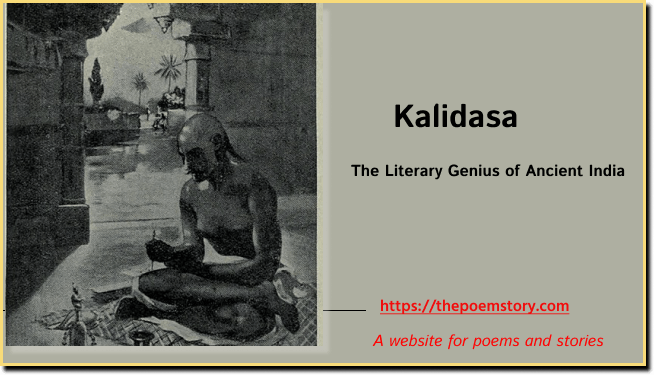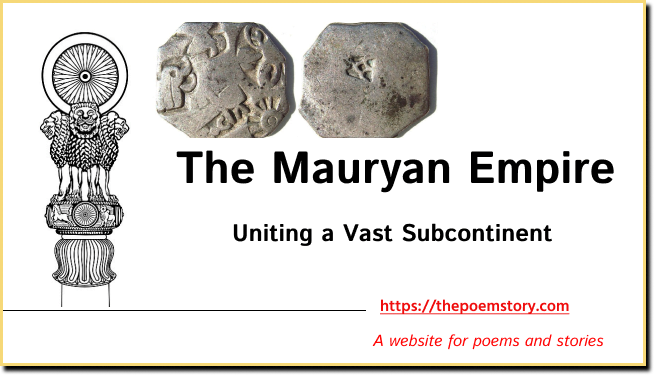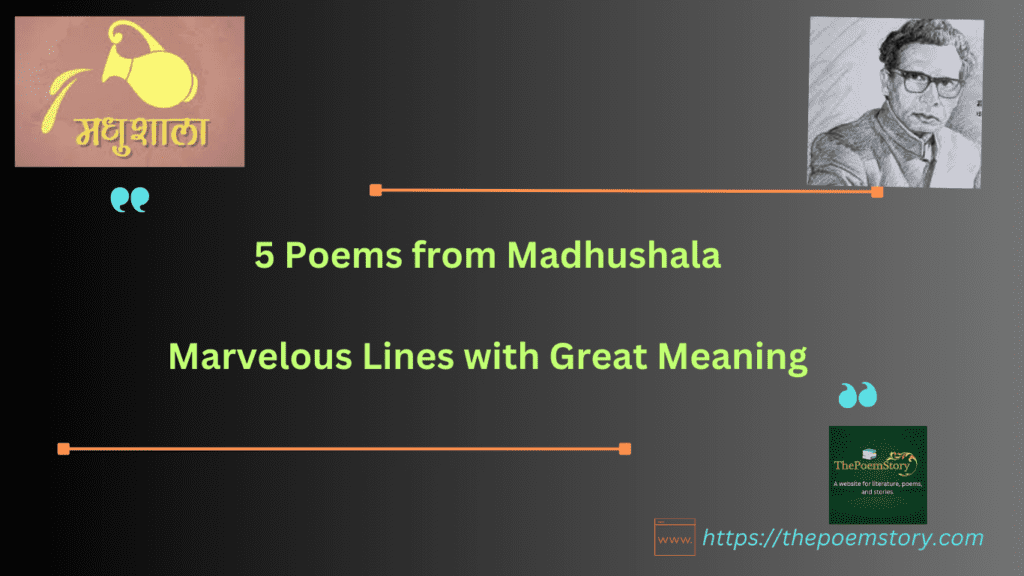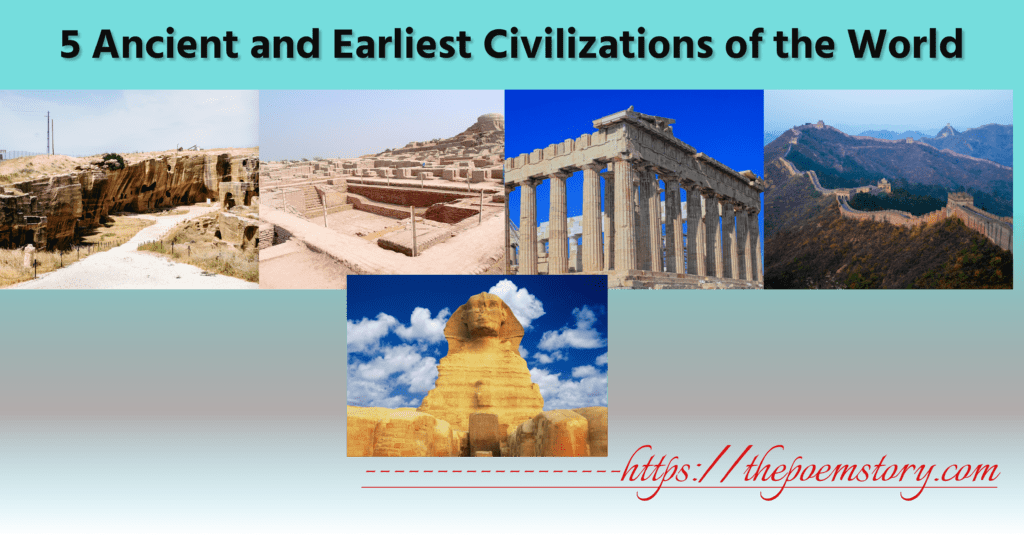Table of Contents
Introduction
The Chola Dynasty, also known as the Chola Empire, was one of the longest-ruling and most influential dynasties in the history of South India. Spanning over a thousand years, from the 3rd century BCE to the 13th century CE, the Cholas left an indelible mark on the political, cultural, and architectural landscape of the region. Renowned for their military prowess, administrative excellence, maritime trade, and patronage of art and literature, the Cholas created a golden age in South Indian history. In this article, we will delve into the rise, achievements, and legacy of the Chola Dynasty.
Origins and Early History of Chola Dynasty
The exact origins of the Chola Dynasty remain shrouded in myth and legend. According to traditional accounts, the Cholas were descended from the Sun God Surya and traced their lineage back to the mythical King Manu. The early Cholas were vassals of the Pallava Dynasty, which ruled over parts of present-day Tamil Nadu. It was during the reign of Karikala Chola, often considered the greatest early Chola king, that the dynasty began to rise to prominence. Karikala is credited with the conquest of vast territories, including the Chera and Pandya regions, and his reign marked the expansion of Chola influence across South India.
Imperial Expansion and Political Achievements of Chola Dynasty
Under the later Chola kings, notably Rajaraja I (reigned 985-1014 CE) and his son Rajendra Chola I (reigned 1014-1044 CE), the Chola Empire reached its zenith. Rajaraja I, also known as Rajaraja the Great, was a brilliant military strategist and statesman. He consolidated Chola power in the Tamil region, undertook extensive military campaigns, and established a strong central administration. One of his most significant achievements was the construction of the magnificent Brihadeeswarar Temple in Thanjavur, a UNESCO World Heritage Site that stands as a testament to Chola architectural grandeur.
Rajendra Chola I, following in his father’s footsteps, continued the expansion of the Chola Empire. He launched successful military expeditions into Southeast Asia, conquering territories as far as present-day Sri Lanka, Malaysia, and Indonesia. These conquests not only enhanced Chola trade and maritime dominance but also spread Indian culture and civilization to distant lands.
Maritime Trade and Economic Prosperity of Chola Dynasty
The Cholas were renowned for their maritime trade and played a vital role in connecting India with the outside world. Their naval fleet, known as the Chola Navy, guarded trade routes and ensured the safety of merchants and travelers. The Chola Empire had extensive trade networks that stretched to East Africa, Arabia, China, and Southeast Asia. Ports such as Kaveripattinam (Poompuhar), Nagapattinam, and Kollam (Quilon) thrived as important centers of trade and commerce. The Cholas exported spices, silk, textiles, precious stones, and other luxury goods, while importing gold, silver, horses, and exotic products.
The prosperity brought about by maritime trade fueled the economy of the Chola Empire. The rulers encouraged agriculture, established irrigation systems, and implemented efficient taxation policies. The wealth generated from trade and agriculture funded the construction of temples, the patronage of the arts, and the development of infrastructure, including roads and waterways.
Art, Architecture, and Literature during Chola Dynasty
The Chola period witnessed a remarkable flourishing of art, architecture, and literature. The Chola kings were great patrons of the arts and contributed to the development of sculpture, painting, music, dance, and literature. Temples became centers of cultural and artistic activities, and the Cholas built magnificent structures adorned with intricate carvings and sculptures.
The Brihadeeswarar Temple in Thanjavur, built by Rajaraja I, stands as a masterpiece of Chola architecture. Its towering vimana (tower), colossal Nandi statue, and intricately carved walls are a testament to the artistic genius of the Cholas. The Airavatesvara Temple in Darasuram and the Gangaikonda Cholapuram Temple are other remarkable examples of Chola temple architecture.
Literature also flourished during the Chola period. The great Tamil epics Silappatikaram and Manimekalai were composed during this time, along with numerous works on music, grammar, and philosophy. The court of the Chola kings attracted poets, scholars, and artists from far and wide, contributing to a rich cultural milieu.
Art and architecture flourished during the Chola Dynasty, and the period is renowned for its magnificent temple architecture, exquisite sculptures, and vibrant artistic expressions. The Chola rulers were great patrons of the arts, and their contributions left an indelible mark on the cultural landscape of South India.
Temple Architecture
Chola temple architecture reached its zenith during the reigns of Rajaraja Chola I and Rajendra Chola I. They built numerous temples characterized by their grandeur, intricate carvings, and towering vimanas (towers). The temples were not merely places of worship but also served as centers of art, culture, and community life.
The Brihadeeswarar Temple, also known as the Peruvudaiyar Kovil or the Big Temple, in Thanjavur is a remarkable example of Chola temple architecture. Built by Rajaraja Chola I, it stands as a UNESCO World Heritage Site and is a testament to the architectural prowess of the Cholas. The temple features a massive 66-meter-tall vimana and intricate sculptures depicting mythological narratives, deities, and celestial beings.
Other notable Chola temples include the Airavatesvara Temple in Darasuram and the Gangaikonda Cholapuram Temple. These temples exhibit intricate carvings, elaborate gopurams (entrance towers), and elaborate mandapams (pillared halls).
Sculptures
Chola sculptures are revered for their artistic finesse, attention to detail, and expressive forms. The Chola artisans carved sculptures that captured the beauty, grace, and spirituality of Hindu gods and goddesses.
The bronze sculptures of the Chola period are particularly famous. These sculptures display intricate details, graceful postures, and expressive facial features. The bronze idols of deities such as Shiva, Parvati, Nataraja (the cosmic dancer), and Ardhanarishvara (the half-male, half-female form of Shiva and Parvati) are widely celebrated.
The Chola sculptures also depicted scenes from mythology, epic narratives, and everyday life. The artists skillfully portrayed emotions, gestures, and intricate details, creating a sense of liveliness in their work.
Sengol
Sengol is a 5-foot-long, 2-inch-thick, gold-plated sceptre that was given to Jawaharlal Nehru, the first prime minister of the Republic of India, by two sannyasis from Sri Amblavana Desigar in Thanjavur. They thought it was appropriate for the first head of the new truly Indian government of Free India to receive a “symbol of power and authority from Hindu holy men.”Despite being a general term for sceptre in Tamil, “sengol” gained currency after the Indian government opted to place the 1947 sceptre in the New Parliament Building.
Murals and Paintings
Though many of the Chola murals and paintings have not survived the test of time, historical records and remnants suggest that the Cholas made significant contributions to the realm of painting.
The Brihadeeswarar Temple in Thanjavur once boasted exquisite frescoes that adorned its walls. These murals depicted various themes, including religious stories, celestial beings, royal processions, and courtly scenes. Unfortunately, only fragments of these paintings remain today.
Literature and Music
The Chola period was also a significant era for literature and music. Several Tamil literary works were composed during this time, including the epic poems Silappatikaram and Manimekalai. These works celebrated the Chola court, the social fabric of the time, and the virtues of love, loyalty, and bravery.
Music and dance were integral to the Chola court and temple culture. The devadasis (temple dancers) played a crucial role in religious rituals and cultural performances. The Chola rulers patronized musicians, composers, and dancers, leading to the development of the classical dance form Bharatanatyam and the evolution of Carnatic music.
The Chola Dynasty’s contributions to art, architecture, and culture left an enduring legacy. The masterpieces they created continue to inspire and awe people to this day, serving as a testament to the artistic brilliance and cultural richness of the Chola civilization.
Rulers of Chola Dynasty

The Chola Dynasty spanned over a thousand years, from the 3rd century BCE to the 13th century CE. During this period, several notable rulers ascended the throne and contributed to the empire’s rise and glory. Here is a list of some significant Chola rulers along with their respective eras:
- Karikala Chola I (c. 270 BCE – 230 BCE): Karikala Chola is considered one of the greatest early Chola kings. His reign marked the expansion of Chola influence across South India, including the conquest of the Chera and Pandya regions.
- Ellalan (c. 205 BCE – 161 BCE): Ellalan, also known as Elara, was a Tamil king who ruled a part of Sri Lanka. Though not a native Chola ruler, his reign is considered significant in the context of the Chola Dynasty.
- Karikala Chola II (c. 115 CE – 120 CE): Karikala Chola II was another notable ruler who continued the legacy of the early Cholas. His reign is often associated with the revival of the Chola Empire after a period of decline.
- Rajaraja Chola I (985 CE – 1014 CE): Rajaraja Chola I, popularly known as Rajaraja the Great, is regarded as one of the most illustrious Chola rulers. His reign marked the peak of the Chola Empire, and he is remembered for his military conquests, administrative reforms, and the construction of the iconic Brihadeeswarar Temple in Thanjavur.
- Rajendra Chola I (1014 CE – 1044 CE): Rajendra Chola I, the son of Rajaraja Chola I, continued the expansionist policies of his father. He undertook successful military campaigns in Southeast Asia, establishing Chola dominance over territories including Sri Lanka, Malaysia, and Indonesia.
- Virarajendra Chola (1063 CE – 1070 CE): Virarajendra Chola, also known as Athirajendra Chola, was a valiant ruler who defended the Chola Empire against invasions from the Western Chalukya dynasty. He is celebrated for his military victories and strategic acumen.
- Kulothunga Chola I (1070 CE – 1120 CE): Kulothunga Chola I was a powerful and influential Chola ruler who expanded the empire’s territories. He successfully faced challenges from external forces and strengthened the administration.
- Rajadhiraja Chola (1146 CE – 1173 CE): Rajadhiraja Chola, also known as Rajadhiraja the Great, was a patron of art, literature, and temple construction. His reign witnessed significant architectural and cultural developments.
- Rajendra Chola II (c. 1180 CE – 1185 CE): Rajendra Chola II, also referred to as Rajendra Chalukya, ruled during a time of political instability and external invasions. His reign marked the decline of the Chola Empire.
- Rajaraja Chola III (1216 CE – 1256 CE): Rajaraja Chola III was the last prominent ruler of the Chola Dynasty. His reign faced continuous invasions and witnessed the final decline of the Chola Empire.
These rulers, among others, contributed to the rich history and legacy of the Chola Dynasty, establishing a glorious era in South Indian history.
Administration and Governance during Chola Dynasty
The Chola Dynasty is renowned for its efficient and centralized administration. The kingdom was divided into administrative units known as mandalams, which were further subdivided into valanadus and nadus. Each administrative unit had its own officials responsible for governance and revenue collection. The king, assisted by a council of ministers, held the ultimate authority.
The Chola rulers implemented a sophisticated legal system and ensured the welfare of their subjects. The judiciary played a crucial role in resolving disputes and administering justice. Land ownership, taxation, and revenue administration were meticulously regulated to maintain social order and economic stability. The Chola administration also had a well-organized espionage network to gather intelligence and maintain internal security.
The administration of the Chola Dynasty was characterized by a well-organized and efficient system that played a crucial role in the empire’s success and governance. The Chola rulers implemented a centralized administrative structure that enabled effective governance, revenue management, and social order. Here are key aspects of the administration during the Chola Dynasty:
- Monarchy and Governance: The Chola Dynasty was ruled by a hereditary monarchy, with the king as the central authority. The king’s power was absolute, but he was advised and assisted by a council of ministers. The king’s role encompassed military leadership, lawmaking, taxation, and justice administration.
- Administrative Divisions: The Chola Empire was divided into various administrative units, known as Nadu or Mandalam. These units were further subdivided into villages or Gramams. Each administrative unit had officials responsible for revenue collection, law enforcement, and maintenance of public order.
- Revenue Administration: The Chola rulers paid significant attention to revenue administration. The empire had a well-developed system for land taxation, known as Karai or Variyam. The revenue officers, known as Variyapatis, assessed and collected taxes based on land productivity. The revenue collected was used for administration, infrastructure development, and patronage of the arts.
- Local Self-Government: The Chola Dynasty encouraged local self-governance at the village level. The villages had assemblies called Sabhas, which comprised local elders and representatives. These assemblies played a role in decision-making, dispute resolution, and the management of local affairs.
- Judicial System: The Cholas had a sophisticated judicial system to administer justice and resolve disputes. The king was the ultimate authority in legal matters, but he delegated the responsibility to judges and local officers. The legal system followed Dharmashastras (ancient legal texts) and local customs. The judicial officers, known as Perungudi, had the authority to hear cases, deliver judgments, and enforce penalties.
- Spy Network: The Chola Dynasty had a well-organized espionage network, known as the “Moodirai,” to gather intelligence, maintain internal security, and monitor the activities of officials and subjects. The spies provided valuable information to the king and helped ensure the smooth functioning of the administration.
- Naval Administration: The Cholas were renowned for their maritime activities and had a well-developed naval administration. They maintained a powerful navy to protect trade routes, conduct naval expeditions, and safeguard the coastal regions. The navy was led by competent naval officers and played a significant role in maintaining the empire’s influence and control over overseas territories.
- Infrastructure Development: The Chola Dynasty focused on infrastructure development, particularly the construction of temples, irrigation systems, and roads. Temples were not just places of worship but also centers of economic and cultural activities. The construction of irrigation tanks, known as “Eri,” facilitated agriculture and ensured efficient water management. The empire also maintained an extensive network of roads and highways for trade and communication purposes.
The administrative system of the Chola Dynasty played a crucial role in maintaining law and order, collecting revenue, promoting trade, and ensuring the welfare of the people. Their emphasis on effective governance and infrastructure development contributed to the prosperity and longevity of the empire. The administrative practices of the Cholas set a benchmark for future rulers in South India.
Decline and Legacy of Chola Dynasty
The decline of the Chola Dynasty can be attributed to a combination of internal strife and external invasions. The Pandya and Chera kingdoms, which had been subdued by the Cholas, regained their strength and challenged Chola authority. The rise of the Hoysala and the Kakatiya kingdoms further weakened the Chola Empire. Additionally, the invasion of the Cholas by the Chalukyas and later the Delhi Sultanate dealt a severe blow to the dynasty.
Despite their eventual decline, the legacy of the Cholas continued to influence South India for centuries to come. Their administrative and governance practices set a benchmark for future rulers, and their maritime trade and cultural exchanges left a lasting impact on Indian history. The Chola architectural style continued to evolve and inspire subsequent temple constructions in South India. The Tamil language and literature flourished, leaving behind a rich literary heritage that is celebrated to this day.
Conclusion: Chola Dynasty
The Chola Dynasty stands as a testament to the greatness of South Indian civilization. With their military might, administrative acumen, maritime trade, and patronage of art and literature, the Cholas left an indelible mark on the history and culture of the region. The dynasty’s achievements in architecture, governance, and trade created a golden age that shaped the trajectory of South Indian history. The Chola Empire serves as a reminder of the grandeur and richness of ancient Indian civilization and continues to captivate historians, archaeologists, and enthusiasts alike.
======================
Read More Articles: The Mauryan Dynasty and Ashoka the great
======================









